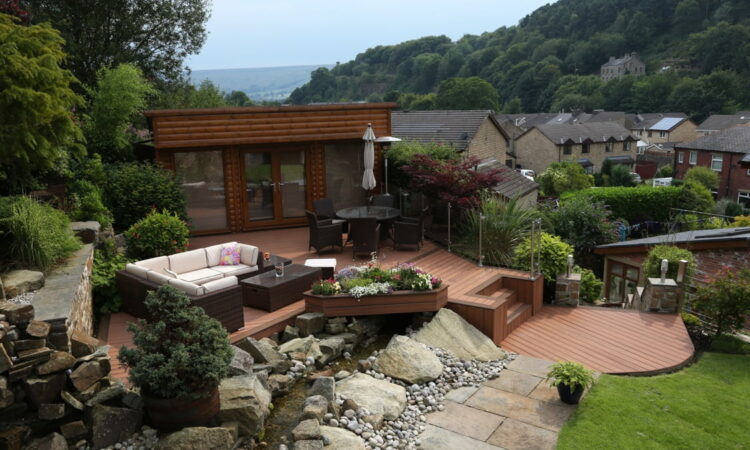
Creating an eco-friendly outdoor space is not just a trend; it’s a commitment to sustainability and a healthier planet. As homeowners become more environmentally conscious, the demand for green solutions in patios and porches has risen. This guide explores how to cultivate environmentally friendly outdoor living areas, focusing on energy-efficient products, sustainable materials, and practices that reduce your carbon footprint.
Embracing Sustainable Materials
The foundation of any eco-friendly outdoor space is the materials used. Opting for sustainable, recycled, or repurposed materials can significantly impact your outdoor area’s environmental footprint.
- Decking and Furnishings: Choose materials like reclaimed wood, bamboo, or recycled plastic and metal for decking and furniture. These materials are not only durable but also require less energy and resources to produce than their new counterparts.
- Fabrics: For patio cushions, awnings, and screens, look for fabrics made from recycled plastics or organic, natural fibers that are biodegradable and have a lower environmental impact.
Investing in Energy-Efficient Products
Energy efficiency is key to reducing the environmental impact of your outdoor space. Solar-powered products and LED lighting are excellent choices for eco-conscious homeowners.
- Solar-Powered Screens and Awnings: Solar-powered options harness the sun’s energy, reducing reliance on fossil fuels. These products offer the convenience of automation without the environmental cost.
- LED Lighting: LED lights consume up to 75% less energy and last 25 times longer than incandescent lighting, making them a perfect choice for outdoor illumination.
Water Conservation Techniques
Water usage is a significant environmental concern, especially in areas prone to drought. Implementing water-saving measures can help maintain your outdoor space sustainably.
- Rainwater Harvesting: Collect rainwater in barrels to water your garden and plants. This not only conserves water but also reduces your water bill.
- Drip Irrigation: A drip irrigation system delivers water directly to the base of plants, minimizing waste and ensuring that water is used efficiently.
Creating a Pollinator-Friendly Garden
Supporting local wildlife, especially pollinators like bees and butterflies, is crucial for maintaining biodiversity. Eco-friendly outdoor spaces can play a significant role in this.
- Native Plants: Choose native plants for your garden. They require less water and maintenance and provide essential habitat for local wildlife.
- Avoid Chemicals: Use natural pest control methods and organic fertilizers to avoid harming the environment and pollinators.
Reducing Waste
Minimizing waste is a critical aspect of creating an eco-friendly outdoor space. From construction to daily maintenance, there are several ways to reduce waste.
- Composting: Start a compost bin for organic waste. This not only reduces landfill waste but also provides you with rich soil for your garden.
- Recyclable Materials: Choose materials and products that are recyclable or come in minimal packaging to reduce plastic waste.
Creating an eco-friendly outdoor space is a rewarding endeavor that benefits both the homeowner and the environment. By choosing sustainable materials, investing in energy-efficient products like solar-powered screens and awnings, conserving water, supporting wildlife, and reducing waste, you can create a beautiful, sustainable outdoor area that you can enjoy with a clear conscience. As we move forward, the importance of these practices will only grow, making now the perfect time to embrace eco-friendly solutions in your outdoor living space.
